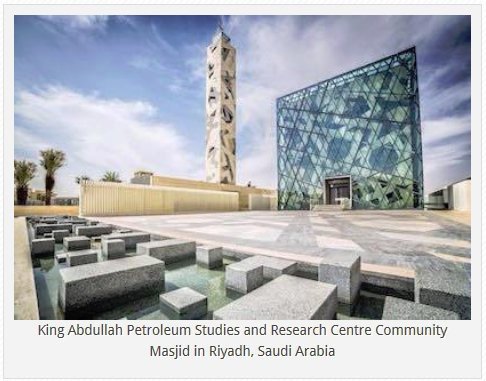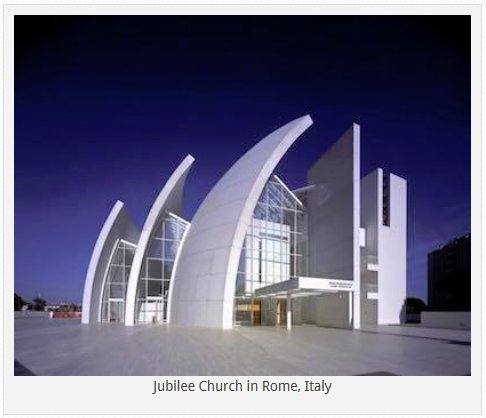| Rethinking gurdwara design | ||||||
|
Apr 21, 2015: Gurdwaras are wonderful places. The sacred spaces that constitute the halls and corridors of the Sikh house of worship contains a permeable sense of the spiritual. When the noble act of paath and sewa is carried out, the very essence of what makes a Gurdwara such a profoundly divine place is expressed through the kindness and devotion of the members of the community who dedicate their lives to the beauty that Sikhi is. It goes without saying, that our beautiful faith was brought into this world approximately 500 years ago, by a Divine Messenger we all know and love as Sri Guru Nanak Dev Ji. Upon His arrival and subsequent ascent in to Guru-hood, it was only logical that over time, and with the coming of the following nine Masters, that a space was needed to be designed to allow for the congregation of the community and for the worship of the Supreme Being. In essence, the social and historical context in which the Gurdwara was established, in terms of the way the building would look and the architectural style it adopted (which is predominantly Mughal in appearance, and therefore Middle Eastern in origin) makes perfect sense in an era where India was ruled by the Mughal Sultanate during the 15th and 16th centuries. So it was only a natural act to build Gurdwaras in that particular style as a reflection of the times, where that specific sense of design and the architectural philosophy of the Mughal Sultanate was prominent, hence the incorporation of pointed arches, elaborate embellishments, hemispherical domes, flowery screens and so forth. Well, we don’t live in the 16th century anymore. Just like (almost) everything else in civilisation since the end of the 16th century, humanity has progressed. We presently live in a world that was unimaginable centuries ago, with the advent of science and technology. We have smartphones in our pockets and smartcars on our roads, which is a testament of the modern age we live in and happily embrace and celebrate every time we log on to the Internet and surf the endless channels of the World Wide Web. Everything we have expresses the modern – from our attire, to our vehicles, to our buildings and even in our language. So why don’t we see our Gurdwaras expressed as testaments to the modern age? Why are we, as members of the design fraternity and the public themselves, reluctant to experiment with modern architectural styles and concepts that would suit the appearance of Gurdwaras more truthfully in the modern age that we live in? Undeniably, the traditional Gurdwara designs of the past are part of our historical and religious identity, and serves to bind us to a common cultural lineage, and therefore should be appreciated and preserved for all time. But the truth of the matter is that these historical designs no longer reflect the times we live in, and that is an indisputable statement. We are no longer under the rule of the Mughal Sultanate. We no longer get from place to place on carriages pulled by horses and cows. We no longer ignite kerosene lamps at night when we want our homes brightened. We no longer live in a homogenous society, where there is little or no contact with members of the global stage, cocooned in ignorance of the happenings of the entire world. We, as a species, have moved on. Rightfully so, we, members of the human race, have progressed. Simply observe the following images of contemporary houses of worship, where members of the other great faiths have been courageous and bold enough to redefine the meaning of what a church or mosque can look like. Look at the Jubilee Church, Rome, Italy, and the King Abdullah Petroleum Studies and Research Centre Community (KAPSARC) Masjid in Riyadh, Saudi Arabia.
Their innovative and creative approaches in redesigning their houses of worship, especially members of the Christian faith, have established elegant modern churches and cathedrals, without compromising the integrity of their religion, and in fact serve to be even more popular as centres of worship and as public spaces that promote community bonding exercises, especially among the young. The usage of modern materials, specifically steel and glass, and the treatment of light to illuminate the interiors to create a sacred space truly establish a contemporary identity for these houses of prayer. Wouldn’t it be wonderful if a Gurdwara was designed in this manner? Wouldn’t it be astounding to break new ground in contemporary Gurdwara design and create such sublime masterpieces of modern religious architecture for our community, instead of just copying and pasting something from our past, that’s been done over and over again, since time immemorial? We, the Punjabis, are a dynamic race of people. Every community on earth knows how vibrant and robust we are, and for those people from the other races who have attended a Punjabi wedding will happily admit how much our weddings and its relevant ceremonies “rock!” (Their words, not mine) and are so full of energy and enthusiasm, as I’m sure some of you can attest to. So lets’ channel our dynamic spirit into other creative endeavours as well. Let's channel our boundless energies into promoting groundbreaking developments in arts and culture and let’s start moving on to pioneering new thoughts and philosophies in our buildings. We changed the world once when our beautiful Sikhi arrived on this planet. Architecturally, lets’ do it again. In the next article, we will review what a proposed modern Gurdwara can appear to be. It will be supplemented with conceptual statements and 3D model renderings and perspectives.
| ||||||



